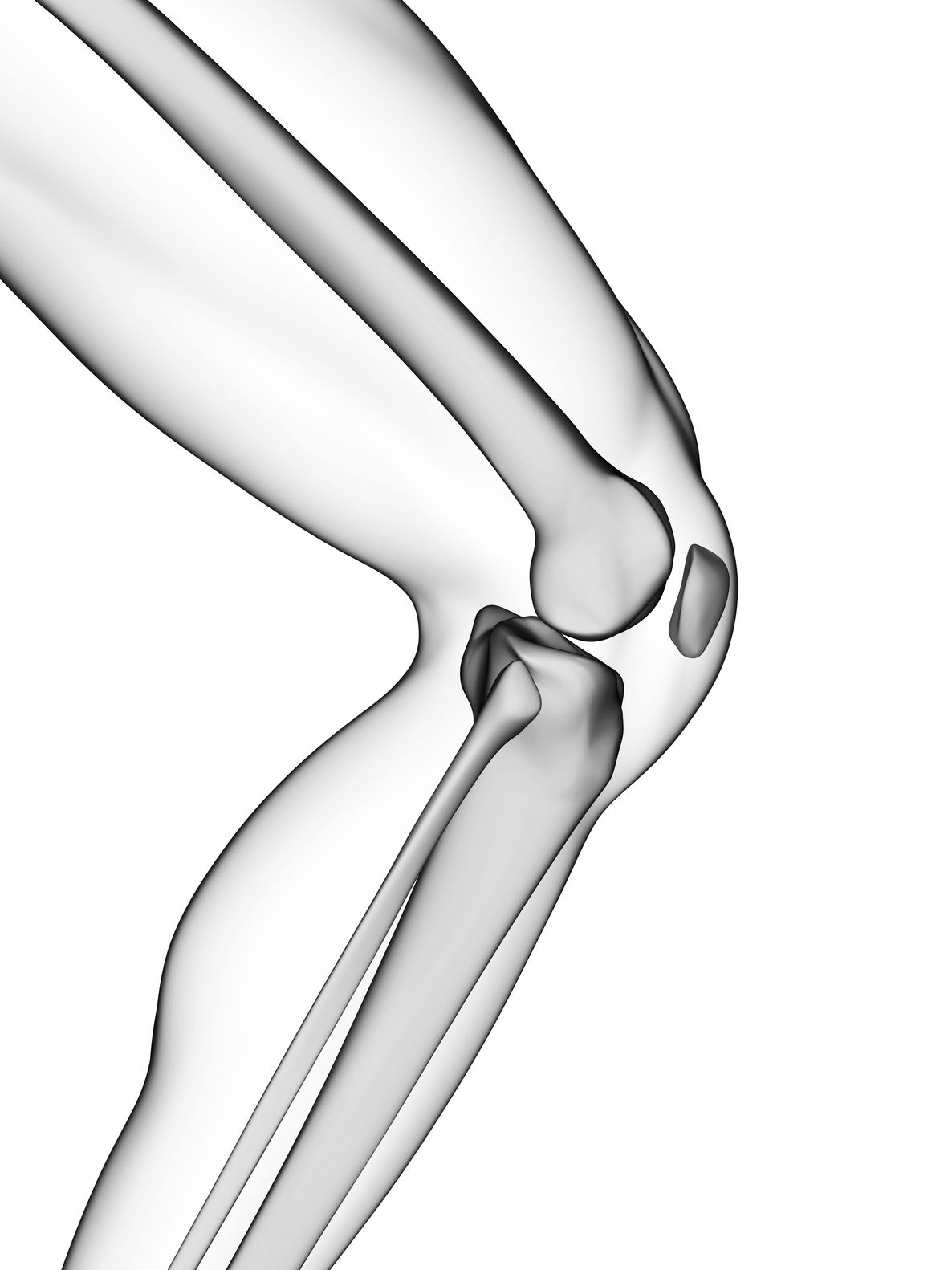Converting barriers into life changing opportunities.
What do coffee; chemistry, algorithms, drug testing and the airplane have in common? They all owe their existence to Islamic scientists!
Under the Abbasid caliphate (750-1258), the Islamic capital of Baghdad was the center of the scholarly world. Located at a geographical crossroads, its schools drew students from as far away as Greece and China. Competing Islamic centers of study sprang up as well in Spain, Egypt, and, later, Turkey. The results of this outpouring of Islamic scientific research were a spate of innovations, which became the foundations of the sciences we know today.
The modern word “chemistry,” for example, comes from the Arabic word kimiya, and Muslim chemists are credited with pioneering fundamental processes of modern chemical research, such as sublimation, crystallization, and distillation. One of them, eight-century chemist Jabir Ibn Hayyan, literally wrote the textbook: he left behind texts that became the basis for studying chemistry for the next 500 years.
Baghdad mathematician and astronomer Al Khwarizmi was among the first to use zero as a placeholder, and he gave his name to the modern word “algorithm.”
A pioneer of Muslim physiology, Persian physician Zakariya Al-Razi wrote the first manual of home medicine and was among the first physicians to write down psychological factors in his patients’ health. Ibn Sina wrote a 14-volume encyclopedia that remained the central text at many medical schools until the 17th century. His directions for testing new drugs are very similar to the process still used today, more than a thousand years later.
Islamic scholars were also pioneers in engineering and design, creating soaring buildings that still amazes viewers today. Ottoman architect Sinan, for example, created light-filled domes—the largest in the world at the time—that seemed to float in space.
All of these innovations were fed by the culture of Islam. Islam is a religion that values the written word: as the direct word of Allah, the Quran is fundamental to the practice of Islam and believers across the world learn to read it in the original Arabic version. Thus, the introduction of Islam greatly increased literacy rates and united the vast world of Islam with a shared language, as well as a reverence for the writing. This created a perfect environment for scientific research. Islam also spoke to believers directly about the value of studies. “The scholar’s ink is more sacred than the blood of martyrs,” the Quran taught, and Islamic physicians must have been encouraged by the Prophet’s assurance that “for every disease, Allah has given a cure.”
Today, we no longer see Islam as the great engine of scientific innovation that it once was. Religions in general have come to be seen as separate from the practical concerns of daily life, and the traditions at their core can sometimes seem threatened by the pace of scientific change.
Islamic science is not dead, however! There are many Muslims working in science, medicine and technology today. Did you know that Dr. Oz, to whom so many television viewers turn for medical advice, is a Muslim? And American Muslim Fuad El-Hibri was CEO of the company that developed the anthrax vaccine so widely discussed—and relied upon—during the anthrax scare a few years ago. These are only two among many examples of contemporary Muslim scientists.
Going a step further, some Muslims are trying to unite their faith and their research to create a new wave of Islamic science. They hope that their research will become even more powerful and transformative when aligned with their spirituality. There are digital Qurans and smart phone apps that help a user locate the nearest mosque or halal grocer, as well as digital devices that point constantly toward Mecca.
One striking example of this new trend is the world’s first physiological prayer mat developed by Canadian company TIMEZ5 and recognized last year at the Global Islamic Economy Summit 2013 as a global innovation. This space age, NASA-inspired technology is aimed at making daily prayer easier. Muslims use prayer mats, also called prayer rugs or prayer carpets, to create a clean and clean space on which to stand, kneel, and prostrate at prayer times. TIMEZ5’s physiological prayer mat uses a 5 layer-system and high performance materials to stabilize motion, support posture, and absorb the weight, even when it’s concentrated at a few points, as when kneeling.
The company’s developers say this combination of tradition and innovation, dubbed as the “physio-spiritual experience,” will let users pray with more comfort and with less pain or fatigue. This work is both new and ancient: from the chemistry that went into creating their materials to the algorithms used to calculate the ergonomic effects of standing, kneeling, and prostrate positions, researchers at TIMEZ5 say they were conscious of building on strands of Islamic scientific tradition that go back to their ancestors. Islamic innovation, they say, makes up their company’s DNA.
Islam was, from its inception, a powerful engine of scientific innovation. That quality is less in evidence these days, but a new generation of researchers is working to bring it back, joining their faith to space age technology in the hopes of creating a second golden age of Islamic science. The results may lead to a whole new way of looking at both.






